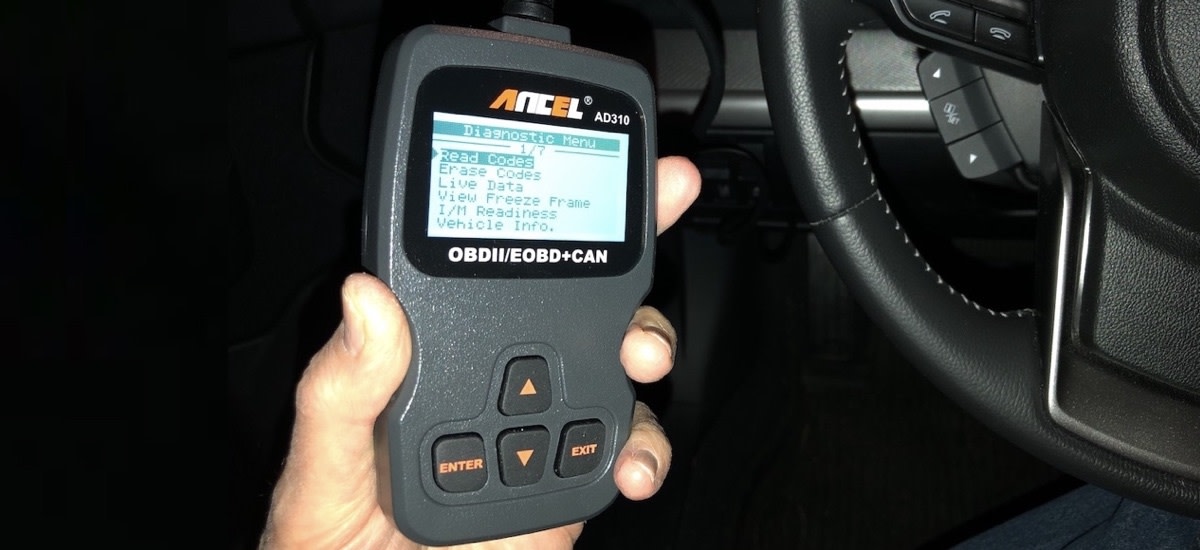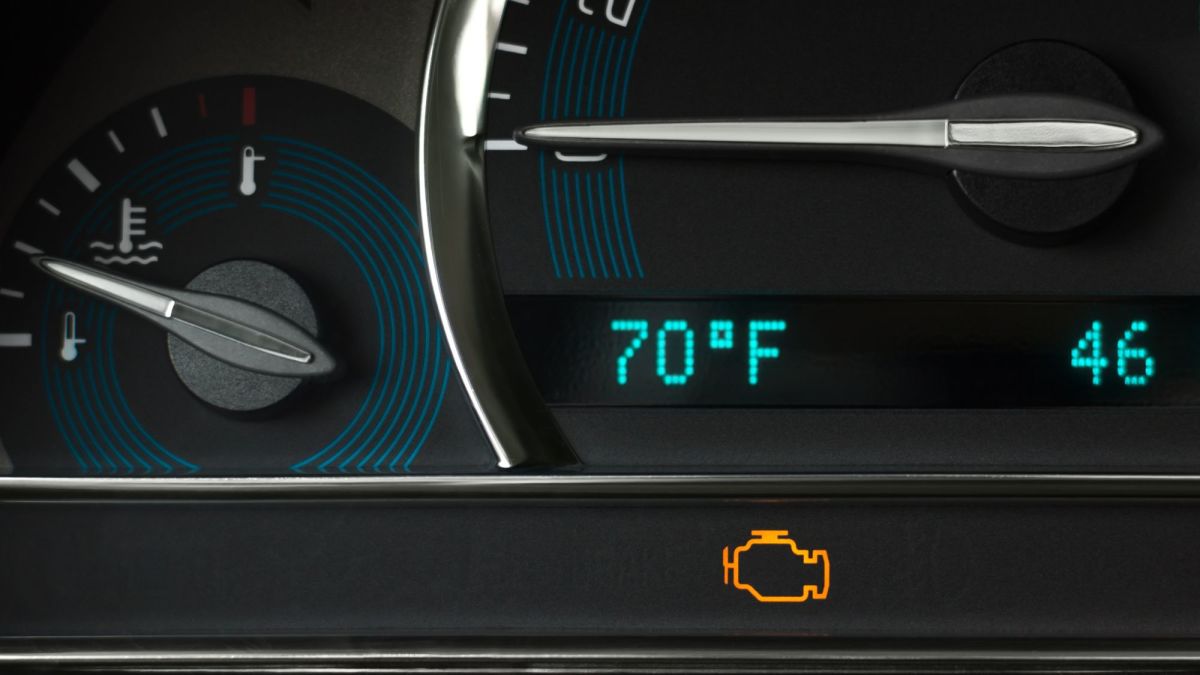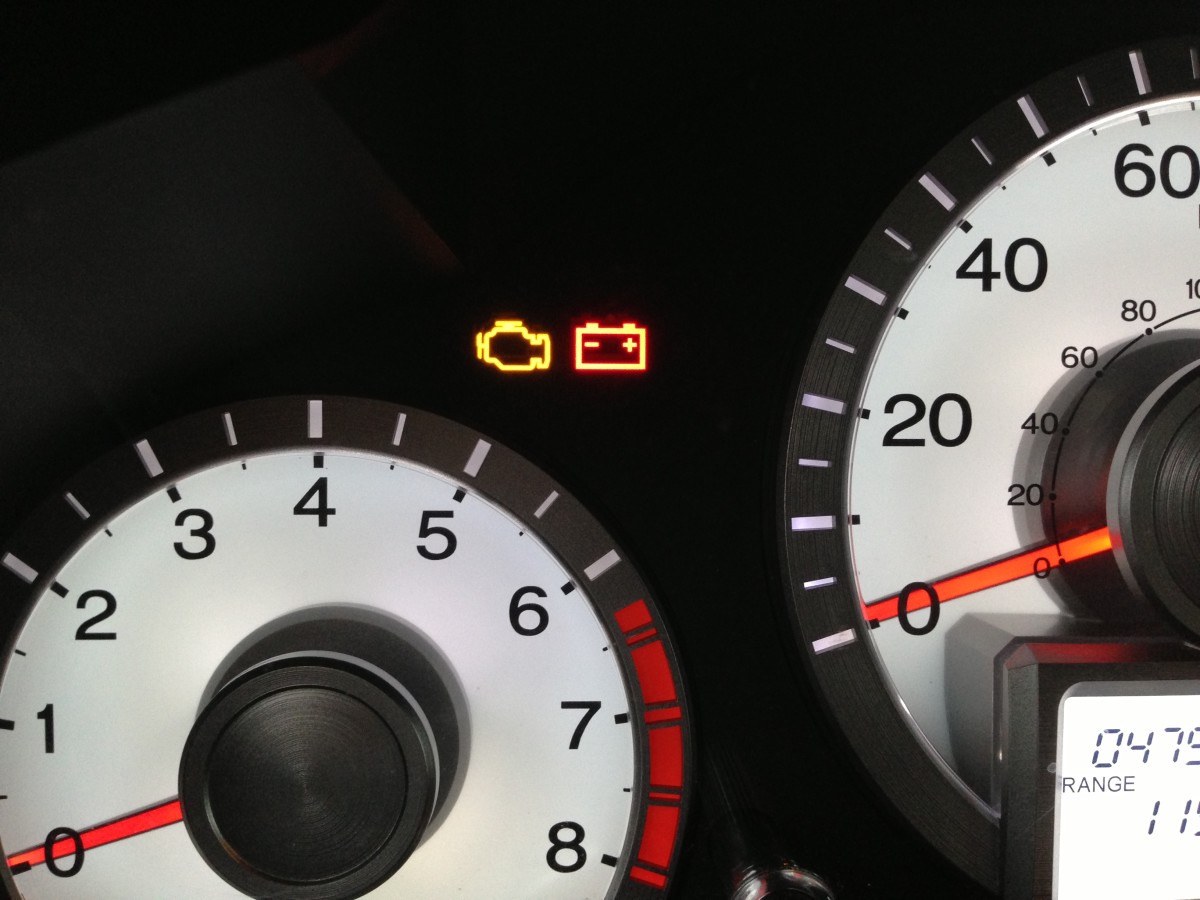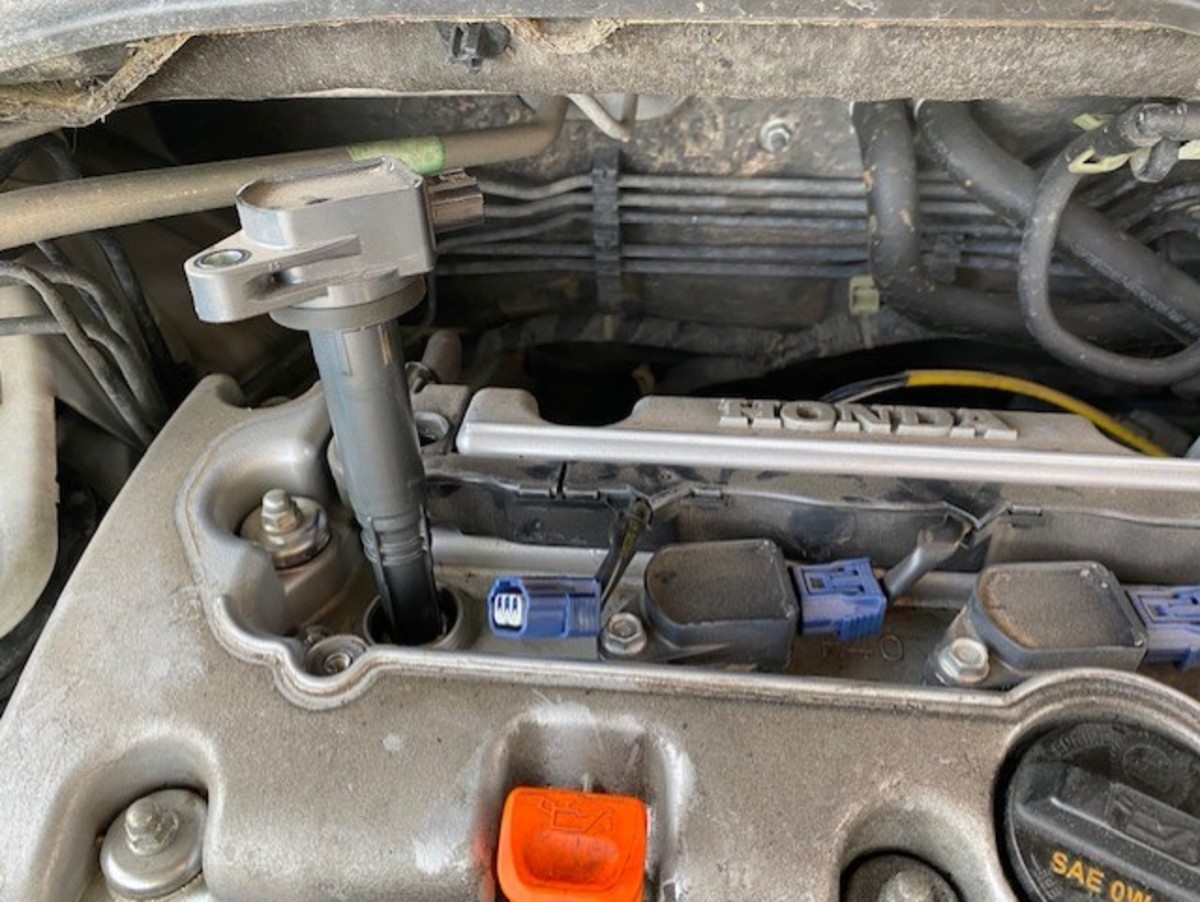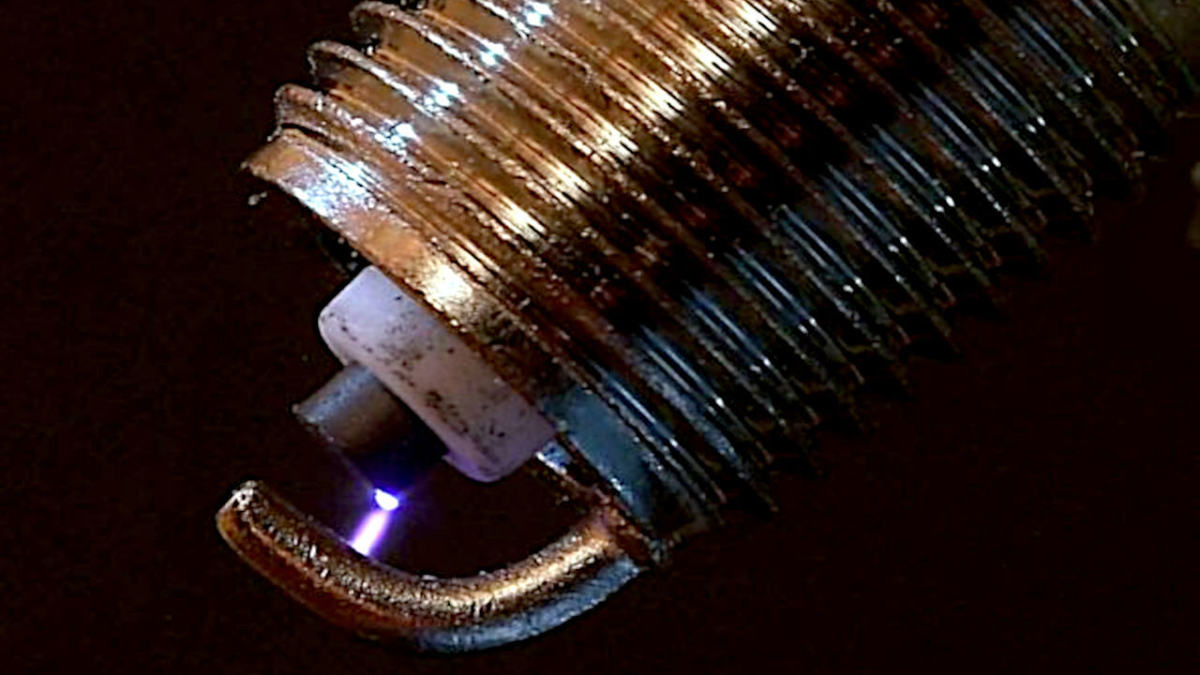How to Identify Your Check Engine Light
OBD II Scan Tool
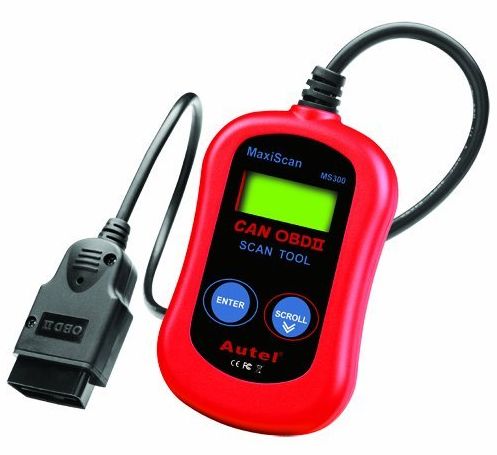
What is OBD?
Have you ever gotten frustrated when your check engine light comes on, wondering what could possibly be wrong? Perhaps the light has come on shortly after a visit to the shop or during a long trip when you are far away from your trusted mechanic. There is a way to identify what issue is triggering your check engine light.
All modern cars have what is On-Board Diagnostics. Simply, this means that the car's on board computer can identify possible problems with any number of the car's components. Since 1996, all cars sold in the United States have been required to meet OBD II requirements, which allows all cars being used in the US to have standardized OBD systems.
Every possible problem that your car can identify has a numerical code, known as a trouble code. Trouble codes typically contain the letter P followed by four numbers. This what allows a car's OBD to communicate problems to mechanics and drivers.
OBD II 16-pin Connector Port

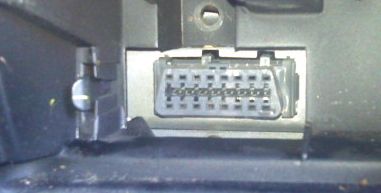
How to Find Trouble Codes
Finding trouble codes when your check engine light is on is easier than you might expect, but it is important that you always consult a professional mechanic when checking your car.
First, you need to buy or borrow a diagnostic scan tool. While this might sound expensive, you can purchase this item on Amazon for roughly $20. A picture of the Autel MaxiScan MS300 CAN Diagnostic Scan Tool for OBDII Vehicles is shown above. If you purchase this particular model, simple directions for use are provided and it is important to read and follow those directions carefully.
The process for scanning your car is not hard, but you can run into some bumps your first time through. Once you have the scan tool in hand you need to find your car's OBD port. This is a 16-pin piece that usually located near the driver's seat. This can be hard to find, so you may have to do a little Internet research on your car if you don't see the port straight away. The first places to look should be:
- Near the driver's door above where buttons for the trunk and hood are located
- To the right of the car's gas and brake pedal
- Near the floors of the driver's or passenger's seat
- Near the glove compartment
A picture of a female OBD port is shown to above to the right.
After finding the 16-pin OBD port, simply insert your OBD II scanner (which has a male connector) into the port. Directions provided with the scan tool will help you to connect to your car's on board computer and identify trouble codes. When checking for codes, your car's ignition should be on, but your engine should not be running. If everything is working properly, the entire process of finding a code(s) can take less than five minutes.
Once you have identified a code, you can either use resources provided along with your scan tool or use the web to figure out what your trouble code means.
It is important to understand that checking your car's check engine light can be useful, but just having an OBD scan tool does not make you a mechanic. While a scan tool does allow you to erase trouble codes, I would advise against this and recommend that you take your car in to a mechanic when your check engine light appears.
Useful Links
- OBD-II Check Engine Light Trouble Codes
OBD-II OBD2 Diagnostic Trouble Codes. Definitions and suggested repair procedures - On-board diagnostics - Wikipedia, the free encyclopedia

